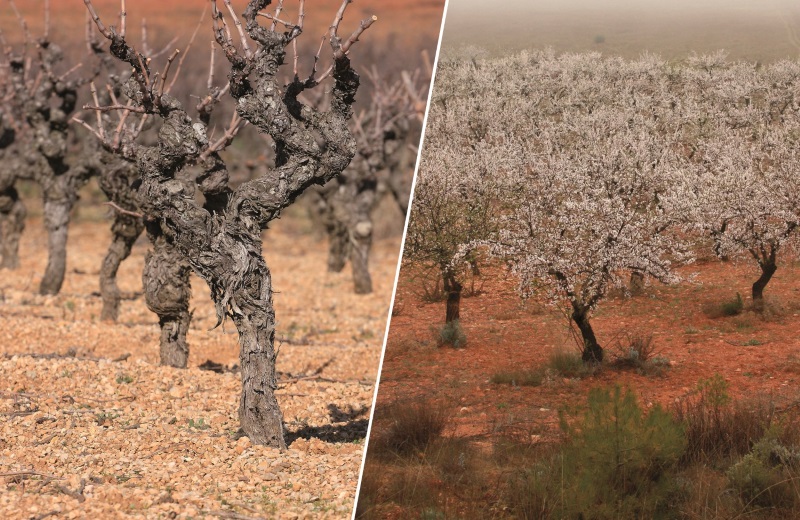The Spanish Ministry of Agriculture published an exceptional authorization for the commercialization and use of registered phytosanitary products based on pyrethrins at 2% and 4%. These products are permited to be used as insecticides against vectors of Xylella fastidiosa in almond and vineyard crops.
The authorization affects Valencia and the Balearic Islands in Spain, and will be extended between March 15th and July 13th 2018 for almonds, and between April 1st and July 31st for vineyard crops.
Pirecris, the biopesticide developed by Seipasa, results in an effective tool in agriculture to fight Xylella fastidiosa vectors according to the resolution published by the Spanish Ministry of Agriculture. Pirecris’ exclusive formulation based on natural pyrethrins, and its innovative balanced Pyrethrin I and Pyrethrin II molecules, guarantee the highest efficacy against a broad spectrum of these vectors in larval and adult forms.
Pirecris is a registered biopesticide (ES-00225) and was designed from a patented and exclusive formulation. Its efficacy is supported by more than 80 tests in Europe, USA and LATAM that guarantee a powerful and knock-down effect. Pirecris can be applied the day before harvesting and is suitable to be used in integrated pest management programs. Furthermore, it was certified to be used in organic agriculture by CAAE Certification Service and Ecocert.
Valencia and the Balearic Islands, heavily affected by Xylella
The Balearic Islands and Valencia are two of the most affected regions in Spain by this bacteria with an important pathogenic potential and whose effects on crops are devastating. Many incidents occurred in recent months affecting almonds, vineyards and olive trees, mainly.
The bacteria Xylella fastidiosa is responsible for several diseases with very serious effects on many species of agricultural interest. At a short distance, it is propagated through infected plant material, that is, through insect vectors that feed on its xylem and transmit it to healthy plants. At long distances Xylella is spread by transport of plant material and infected insects.


